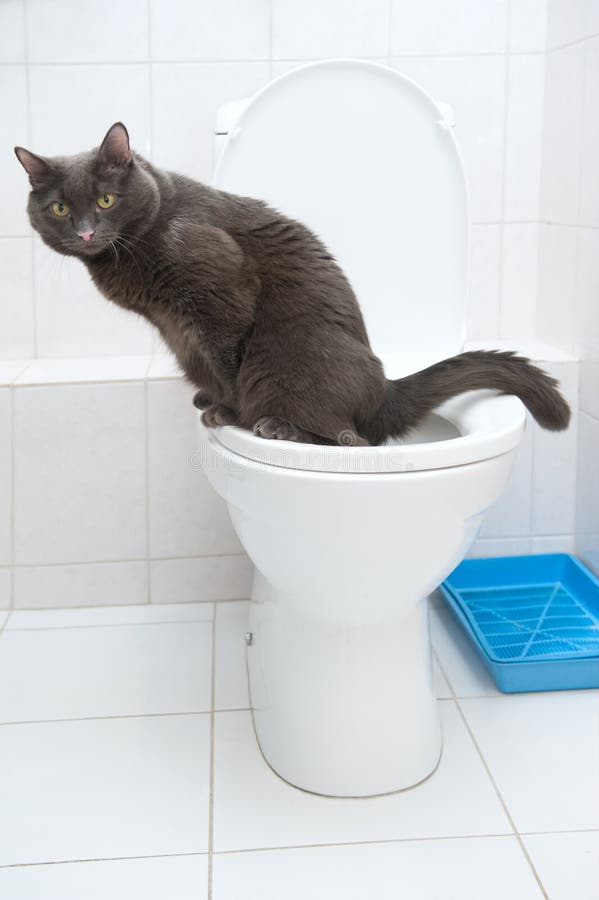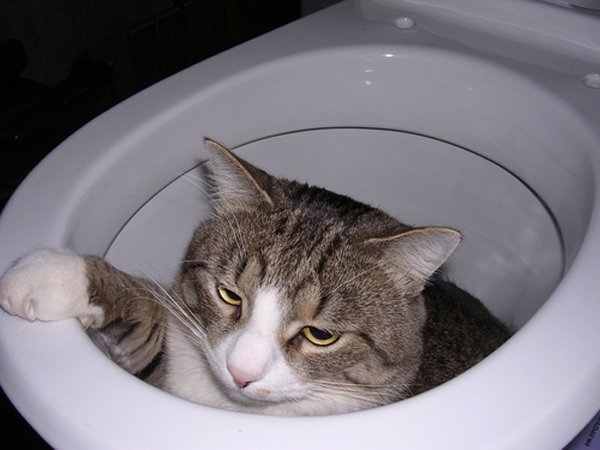Nearly everybody maintains their private idea when it comes to Don't Flush Your Pets Poo Down The Loo, Vet Warns.

When it involves throwing away waste, particularly animal waste, lots of people frequently consider the hassle-free option of flushing it down the commode. However, this seemingly simple solution can have significant consequences for the atmosphere and public health. In this write-up, we'll explore why flushing pet waste down the commode is a negative idea and give alternate approaches for appropriate disposal.
Intro
Appropriate waste disposal is crucial for keeping ecological sustainability and public health. While it may appear harmless to purge animal waste down the bathroom, it can lead to different issues, both for the setting and human wellness.
Threats of flushing animal waste
Environmental effect
Flushing animal waste introduces harmful microorganisms and microorganisms right into rivers, which can negatively affect marine ecological communities. These pathogens can infect water resources and injury marine life, interfering with delicate ecological communities.
Public health problems
Animal waste has dangerous bacteria such as E. coli and Salmonella, which can pose major health and wellness dangers to people. Flushing pet waste down the bathroom can contaminate water supplies, leading to the spread of conditions and infections.
Alternatives to flushing
As opposed to flushing pet waste down the commode, there are numerous alternate disposal approaches that are a lot more environmentally friendly and hygienic.
Composting
Composting animal waste is a green means to dispose of it. By composting, raw material is broken down right into nutrient-rich dirt, which can be used to fertilize gardens and plants.
Garbage dump disposal
Disposing of pet waste in a garbage dump is an additional option. While not as environmentally friendly as composting, it is a much safer alternative to flushing, as it prevents the contamination of water sources.
Family pet garbage disposal systems
There are customized family pet garbage disposal systems available that securely and hygienically get rid of animal waste. These systems frequently utilize enzymes to break down waste and get rid of smells.
Steps to correct animal waste disposal
To make sure proper disposal of pet waste, comply with these actions:
Scooping and landing waste
On a regular basis scoop and bag pet waste utilizing naturally degradable bags. This protects against waste from polluting the setting.
Making use of assigned waste containers
Dispose of bagged animal waste in designated waste bins, such as compost containers or landfill containers. Stay clear of flushing it down the bathroom whatsoever expenses.
Cleaning litter boxes and animal areas on a regular basis
On a regular basis clean litter boxes and animal locations to avoid the buildup of waste and microorganisms. Use pet-safe cleaning products to keep health.
Benefits of correct disposal approaches
Adopting correct disposal approaches for animal waste uses numerous advantages:
Lowered environmental pollution
Proper disposal techniques decrease the threat of environmental pollution, safeguarding waterways and communities from contamination
Decreased threat of water contamination.
By avoiding flushing pet waste down the toilet, the threat of water contamination is dramatically lowered, safeguarding public health.
Enhanced cleanliness and hygiene
Correct disposal techniques promote far better cleanliness and hygiene, producing a more secure environment for both people and animals.
Conclusion
In conclusion, flushing animal waste down the bathroom is damaging to the environment and public health. By adopting alternate disposal methods and complying with proper waste monitoring techniques, we can lessen the adverse influence of animal waste and contribute to a cleaner, much healthier world.
What To Do With Dog Poo – The Do's And Don'ts Of Disposing Of Faeces
Dog poo bins
Some councils provide dedicated dog waste bins in popular dog-walking areas that can take dog poo that has been bagged but you can legally dispose of dog waste in any public litter bin, as long as it is securely bagged. This also applies to your wheelie bin at home.
Do not flush
Water companies do not recommend flushing dog faeces down the toilet because certain parasites can survive the water processing treatment and are potentially harmful to humans. You should also never consider flushing dog poo that has been bagged down the toilet as the bags will not break down and instead create severe blockages in the sewage system.
In the woods
The Forestry Commission promotes a ‘stick and flick’ method for dealing with waste in the woods. This means finding a stick and using it to flick any poo from off the path so that it is out of the way of other walkers. You could also bury it as long as it is not in an area where there might be livestock.
Livestock
Parasites found in dog poo can be transmitted to livestock if they inadvertently eat infected faeces that has been left on grazing land. This could result in the death of sheep or abortion in cattle so you should always make sure you pick up your dog’s waste in fields where livestock could be present.

On a regular basis clean litter boxes and animal locations to avoid the buildup of waste and microorganisms. Use pet-safe cleaning products to keep health.
Benefits of correct disposal approaches
Adopting correct disposal approaches for animal waste uses numerous advantages:
Lowered environmental pollution
Proper disposal techniques decrease the threat of environmental pollution, safeguarding waterways and communities from contamination
Decreased threat of water contamination.
By avoiding flushing pet waste down the toilet, the threat of water contamination is dramatically lowered, safeguarding public health.
Enhanced cleanliness and hygiene
Correct disposal techniques promote far better cleanliness and hygiene, producing a more secure environment for both people and animals.
Conclusion
In conclusion, flushing animal waste down the bathroom is damaging to the environment and public health. By adopting alternate disposal methods and complying with proper waste monitoring techniques, we can lessen the adverse influence of animal waste and contribute to a cleaner, much healthier world.
What To Do With Dog Poo – The Do's And Don'ts Of Disposing Of Faeces
Dog poo bins
Some councils provide dedicated dog waste bins in popular dog-walking areas that can take dog poo that has been bagged but you can legally dispose of dog waste in any public litter bin, as long as it is securely bagged. This also applies to your wheelie bin at home.
Do not flush
Water companies do not recommend flushing dog faeces down the toilet because certain parasites can survive the water processing treatment and are potentially harmful to humans. You should also never consider flushing dog poo that has been bagged down the toilet as the bags will not break down and instead create severe blockages in the sewage system.
In the woods
The Forestry Commission promotes a ‘stick and flick’ method for dealing with waste in the woods. This means finding a stick and using it to flick any poo from off the path so that it is out of the way of other walkers. You could also bury it as long as it is not in an area where there might be livestock.
Livestock
Parasites found in dog poo can be transmitted to livestock if they inadvertently eat infected faeces that has been left on grazing land. This could result in the death of sheep or abortion in cattle so you should always make sure you pick up your dog’s waste in fields where livestock could be present.

We hope you liked our excerpt about . Thanks a lot for taking time to read through our piece of content. Sharing is caring. Helping others is fun. Kudos for your time. Kindly check our blog back soon.
Website